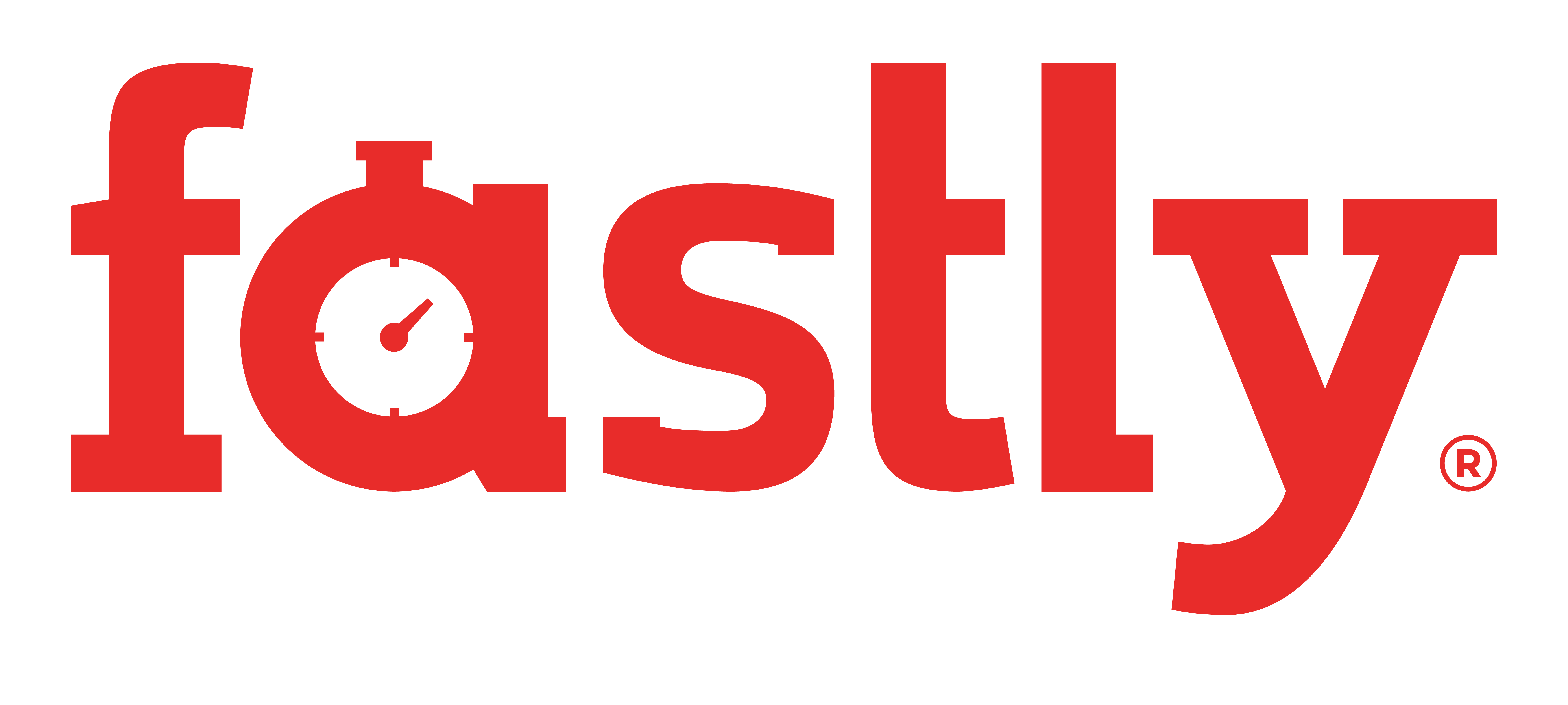Initializing Gemsets during Ruby Installs
When you install a new ruby, RVM not only creates two gemsets (the default, empty gemset and the global gemset), it also uses a set of user-editable files to determine which gems to install.
Working in ~/.rvm/gemsets, rvm searchs for global.gems and default.gems using a tree-hierachy based on the ruby string being installed. Using the example of ree-1.8.7-p2010.02, rvm will check (and import from) the following files:
- ~/.rvm/gemsets/ree/1.8.7/p2010.02/global.gems
- ~/.rvm/gemsets/ree/1.8.7/p2010.02/default.gems
- ~/.rvm/gemsets/ree/1.8.7/global.gems
- ~/.rvm/gemsets/ree/1.8.7/default.gems
- ~/.rvm/gemsets/ree/global.gems
- ~/.rvm/gemsets/ree/default.gems
- ~/.rvm/gemsets/global.gems
- ~/.rvm/gemsets/default.gems
For example, if you edited ~/.rvm/gemsets/global.gems by adding these two lines:
bundler awesome_print
every time you install a new ruby, these two gems are installed into your global gemset.
Using the default or global gemsets, you can also make RVM include a specific version of a given gem. Here's how:
bundler -v~>1.0.0 awesome_print hirb -v0.4.5
By default, rvm uses these gemsets to install common libraries (such as rake, and in the case of jruby, jruby-openssl.)
Warning
default.gems and global.gems files are usually overwritten during update of rvm (rvm get ...).
It is however possible to override this behavior by either using after_install hook or overriding with --with-default-gems/--with-gems flags during install / upgrade.

